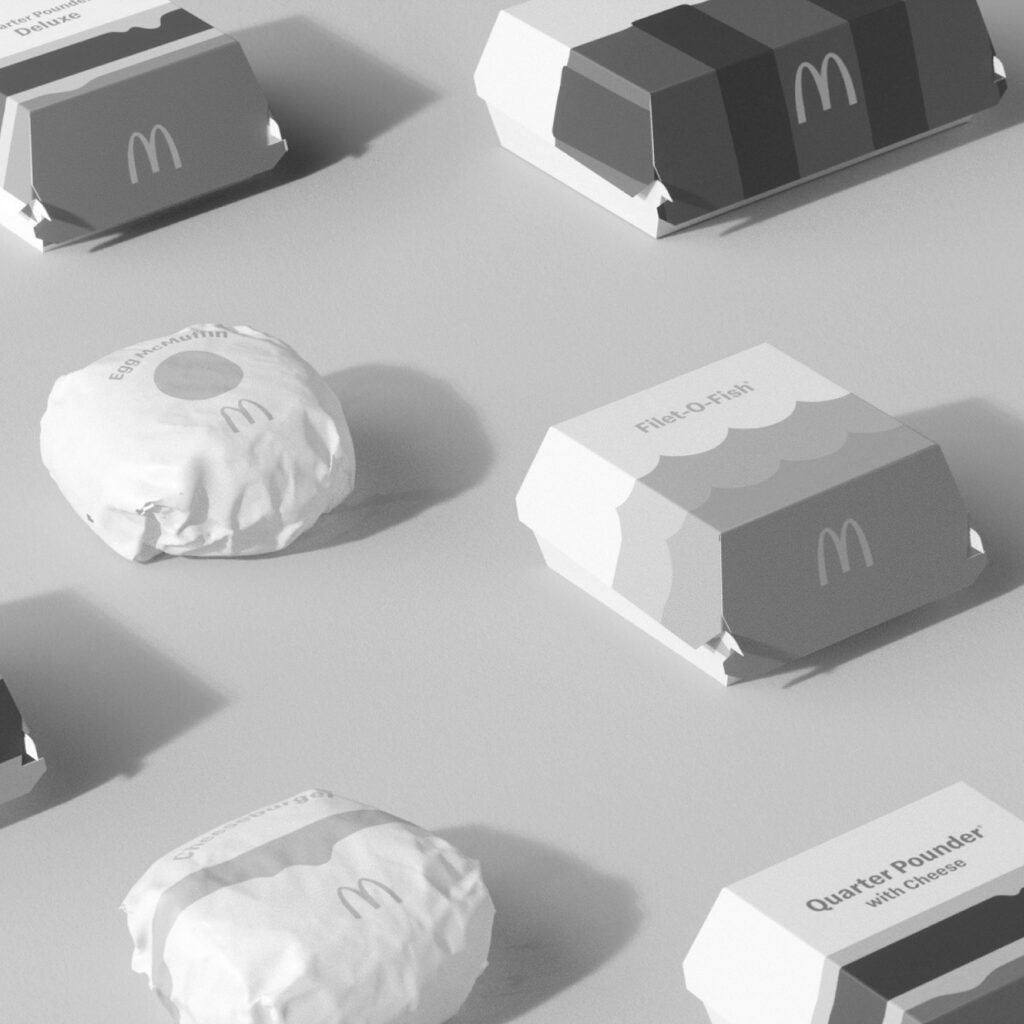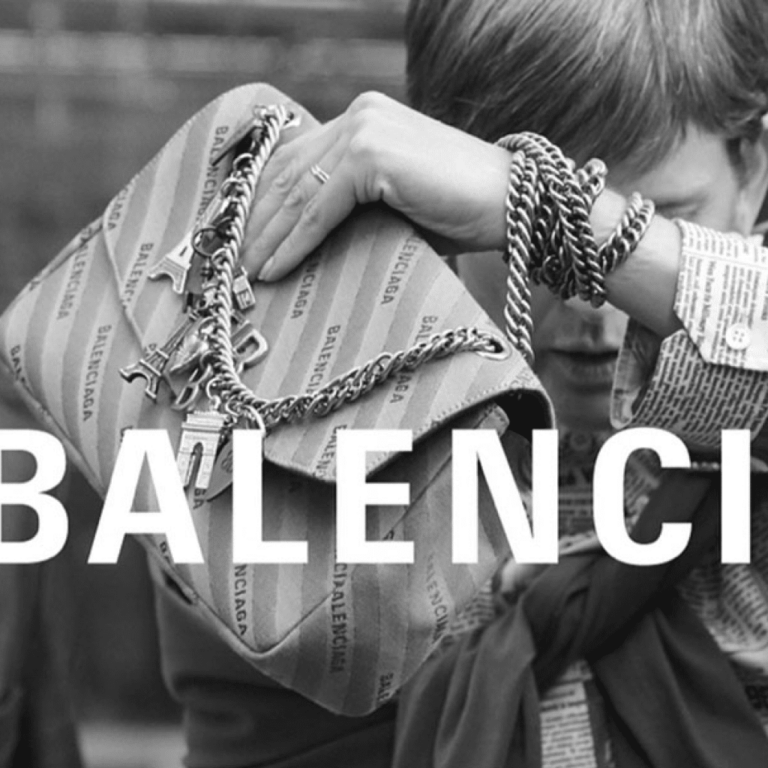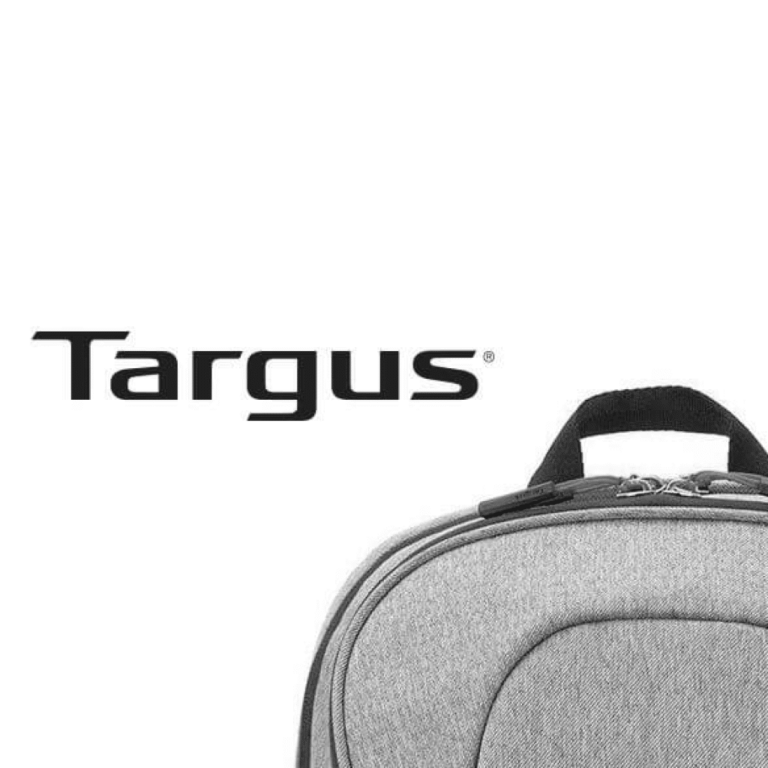INSIGHTS / BRAND
WHAT IS A BRAND?
Uberbrand on 30/08/2024
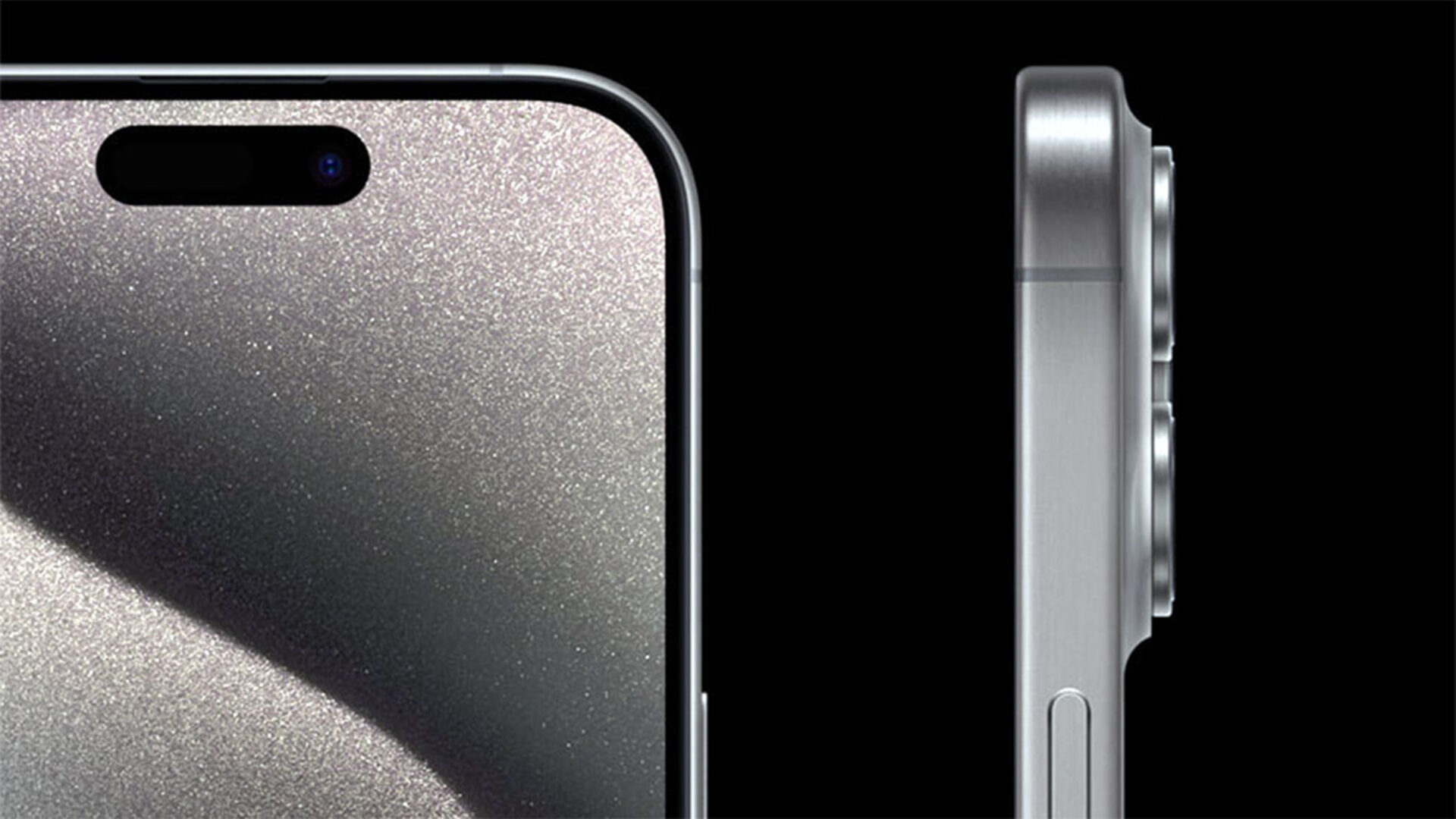
Strong brands are built by clearly defining who you are and what you do. Ultimately, if you stay true to your definition, you can deliver a consistent association across your desired market and audience segments.
So often when we ask someone about the first brand that comes to their mind, they name an iconic behemoth like Coca Cola or Apple.
They know the tagline, can describe the logo, and easily envision the brand’s distinctive colours – but a brand is more than the sum of its parts. A brand is not just a logo or a name; it’s the entire essence of a company’s identity.
A well-crafted brand can significantly influence a company’s success, making it an indispensable aspect of any brand strategy and business strategy.
Learn more about the core components of a brand, why branding is crucial for all businesses, and how to effectively enhance your brand for long-term success below:
What Is A Brand?
A brand is defined as a perception in the mind of a person. It is commonly described as the sum of all the individual experiences and impressions a person associates with a product or business. What people perceive is at the heart of the matter – it is their reality, it lives in their head.
What image comes to mind when you hear the word Australia? Many envision the outback or beaches, surfers and iconic animals like kangaroos and koalas and landmarks like the Sydney Harbour Bridge or Opera House – even though this only represents a small part of the country.
When you think of New Zealand on the other hand, it more often is perceived as a friendly nation full of sheep and the home of The Lord of the Rings and picturesque landscape.
In the same way as the names of these countries conjure a clear image, a strong brand leaves a lasting mental impression – even if you’ve not experienced it firsthand yourself.
Strong brands are built by clearly defining who you are and what you do. Ultimately, if you stay true to your definition, you can deliver a consistent association across your desired market and audience segments.
There are 5 Components that make a Brand
Branding represents the collective perceptions and emotions held in the mind of a consumer about a particular company or product. This includes all experiences and impressions that someone has with a business, directly or indirectly.
In addition to the most common elements (like logos or colour schemes), intangible aspects like reputation and customer experience also play a big part.

1. Brand Name
The name you choose is often the first point of interaction with consumers, so it’s essential this walks the line between memorable and meaningful.
Some considerations when creating a brand name can be:
- Origin based, after the founder, such as Adidas, Chanel, Disney, Ferrari, McDonald’s, or even geographical region, such as The New York Times
- Metaphor names like Amazon (largest river in the world)
- Acronyms such as BMW, KFC, IBM, NASA
- “Abstract” names like Apple, Spotify
- Descriptive or literal names like Google Maps, Google Docs (et al.) or 7-Eleven
- Combination/compound names like PayPal, Facebook, Dulux (combines durable with luxury) or Netflix
2. Logo
A visual representation of the brand and its identity and is often the most recognisable element of a brand.
We think many of the best logos are those that are reversed engineered (creatively speaking) to have “easter egg” hidden details built into them.
For example:
- The FedEx logo has an arrow symbolising moving in the right direction in the negative space between the letters E and x
- The headphone brand beats logo is both a b and headphones on a face
- The Toyota logo includes every letter of the brand’s name using overlapping ellipses
These “secrets” hidden in plain sight don’t just add visual depth and dimension – they also help foster a deeper connection between a brand and their audience, adding another layer of interest.
3. Tagline
A tagline communicates the brand’s core message or value proposition in a short and succinct manner.
Here are some examples from global brands and products:
- Disney: “The happiest place on earth”
- Subway: “Eat Fresh”
- KFC “Finger lickin’ good”
- American Express “Don’t leave home without it”
- Kit-Kat “Have a break. Have a Kit-Kat”
What these share is the ability to distil the brand’s mission statement into a simple, easily memorised slogan. An effective tagline should be timeless and have impact.
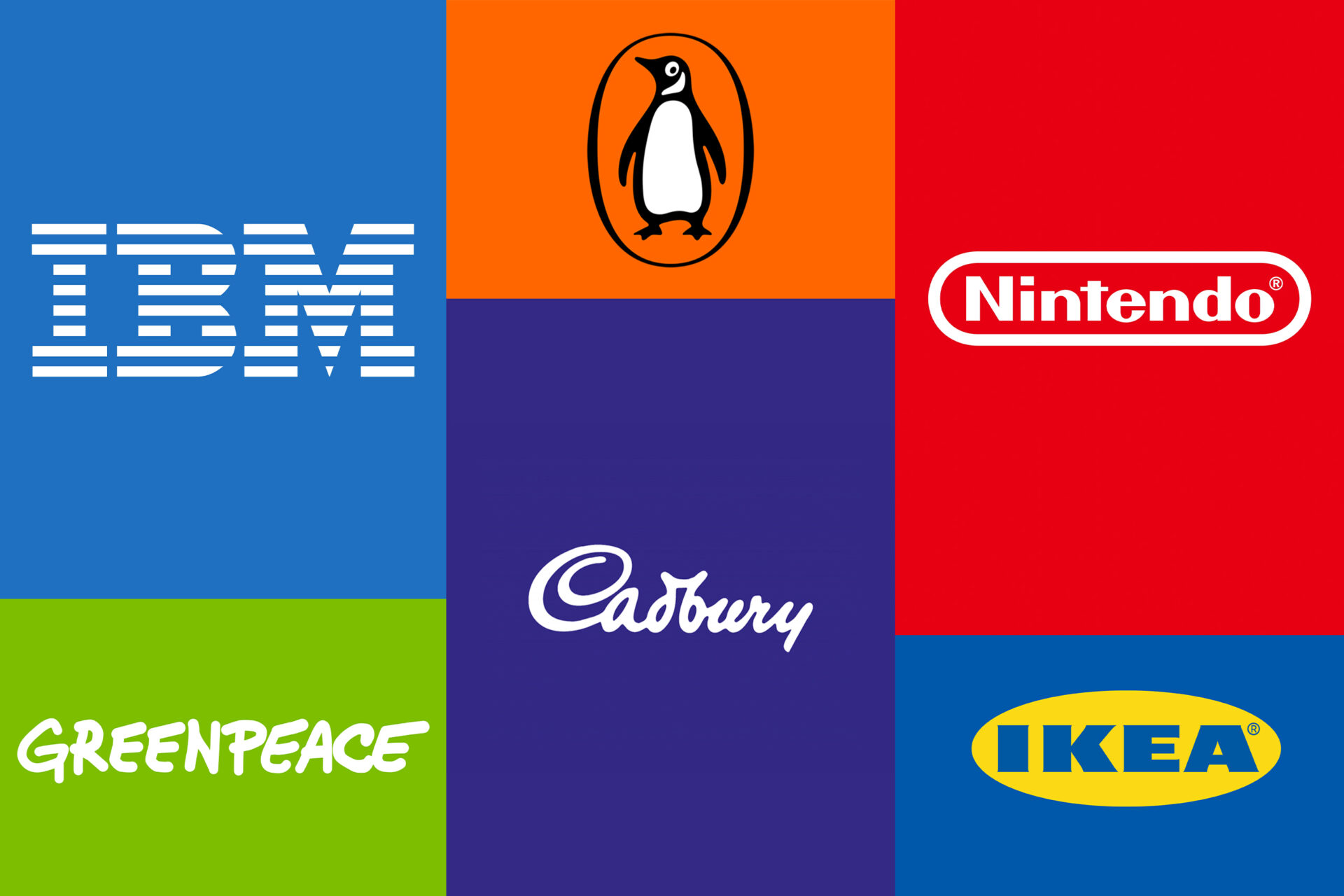
4. Brand Colours
The specific colours chosen for a brand will take responsibility for evoking certain emotions in the minds of consumers.
A consistent and strategic application of brand colours can help increase brand recognition, awareness and differentiation in the market.
Some examples of feelings associated with colours:
- Blue represents security, trust, wisdom and confidence – often seen in the finance industry and technology (American Express, Intel, HP, IBM, Microsoft).
- Red is bold, attention-grabbing and enticing. It is often used in food/beverage, retail and entertainment industries (KFC, Coca Cola, McDonalds, Red Bull, H&M, Netflix, Nintendo, Marvel).
- Orange is associated with creativity and fun. It’s found in the Fanta brand and Nickelodeon.
- Green evokes freshness, harmony, renewal and is often seen in health/wellness and sustainability focused brands.
- Purple is a colour of richness, decadence, prosperity and luxury and has been recognisably used in several global chocolate brands: Cadbury, Wonka, Milka.
- Yellow is linked to optimism and value, common in childcare and toys as it creates a sense of warmth and happiness. It is also seen in the food industry to stimulate appetite and convey value (brands like McDonald’s and IKEA).
The variances within each colour (i.e. a pale or pastel hue compared to a rich, vivid, highly saturated one) can also soften or intensify its meaning and the emotion or feeling conveyed and interpreted.
The shade black and white are extremely versatile and often used as bases or accents for many brands. Both evoke simplicity, whereas white leans more into purity (and is loved by technology brands like Apple and Google), and black towards sophistication and is often used in luxury branding (Chanel, Prada, Audi).
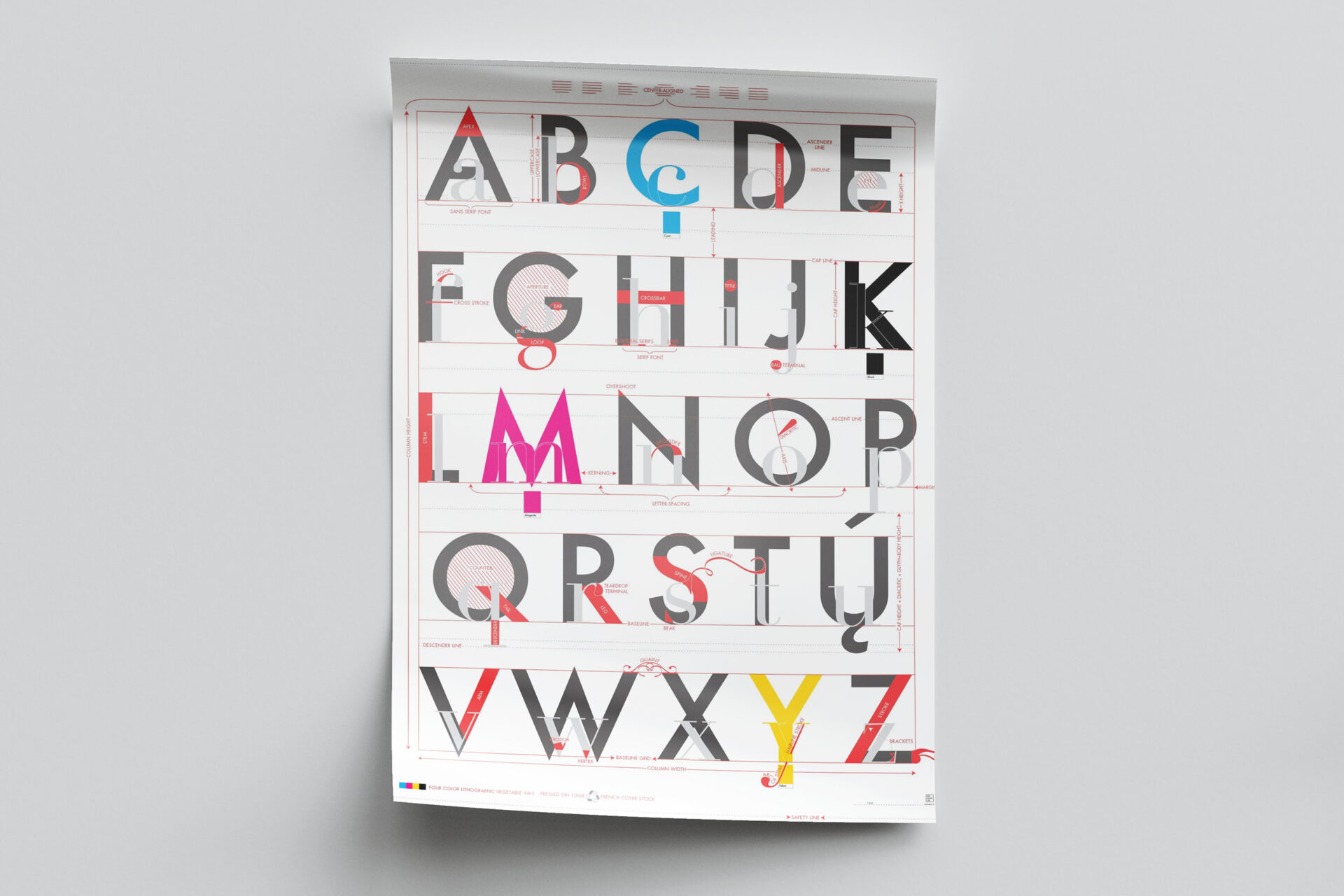
5. Typography
The style of text used in branding materials also plays a role in conveying the brand’s personality.
It is the art and technique of arranging type to make written language more legible and appealing when displayed.
Choice of components like typefaces, point size and spacing play an enormous role in conveying a brand’s personality.
Some brands that have extremely distinguishable typography are:
- Traditional, sophisticated serif fonts exude timelessness and prestige, like Rolex.
- Minimalistic, clean sans serif fonts like Google and Amazon offer excellent readability on screen
- Script fonts have a cursive handwriting style that is elegant and personable. It can be formal or more casual, like Cartier or Ray-Ban
Target and Honda use a slab serif style font which is prominent and bold.
Brand Vs. Product
A product is a specific item/service offered by a company, whereas a brand is the overarching identity and perception associated with the company or product.
A strong and successful brand can create a lasting mental impression, even if you haven’t experienced it firsthand yourself.
For example, without going to Texas, most of us align it with cowboys, rodeos and country music. Los Angeles on the other hand is thought of as the home of Hollywood and bright lights, whereas Florida conjures thoughts of palms, retirees, beaches and vacation.
In the same way these cities evoke a clear image, a strong brand leaves a lasting mental impression – even if you’ve not experienced it firsthand yourself.
You don’t need to own an Apple product to know its presence as an innovative tech company, its iconic apple logo, or “Think Different” tagline that succinctly captures the brand’s innovative spirit. Strong brands are built by clearly defining who you are and what you do.
Importance of Branding for Businesses
Investing in brand development and managing your brand’s branding has a myriad of benefits and is crucial to a business for several reasons:
Building Recognition
A strong brand provides much needed uniqueness and differentiation in a crowded marketplace and competitive industries. When customers can easily recognise a brand, it increases the likelihood of them choosing it over competitors.
Establishing Trust
This is a result of consistency, relevance and reliability in branding. When a brand delivers on its promises consistently, it establishes a positive reputation and reliability with its audience.
Creating Emotional Connections
Effective branding fosters emotional connections with the target audience. Brand market research indicates customers are more likely to “stick with” a brand that resonates with them emotionally.
Differentiation
In a competitive market, branding differentiates a business from its competitors. Clear differentiation is tasked with highlighting unique value propositions that clearly define why customers should choose one brand over another.
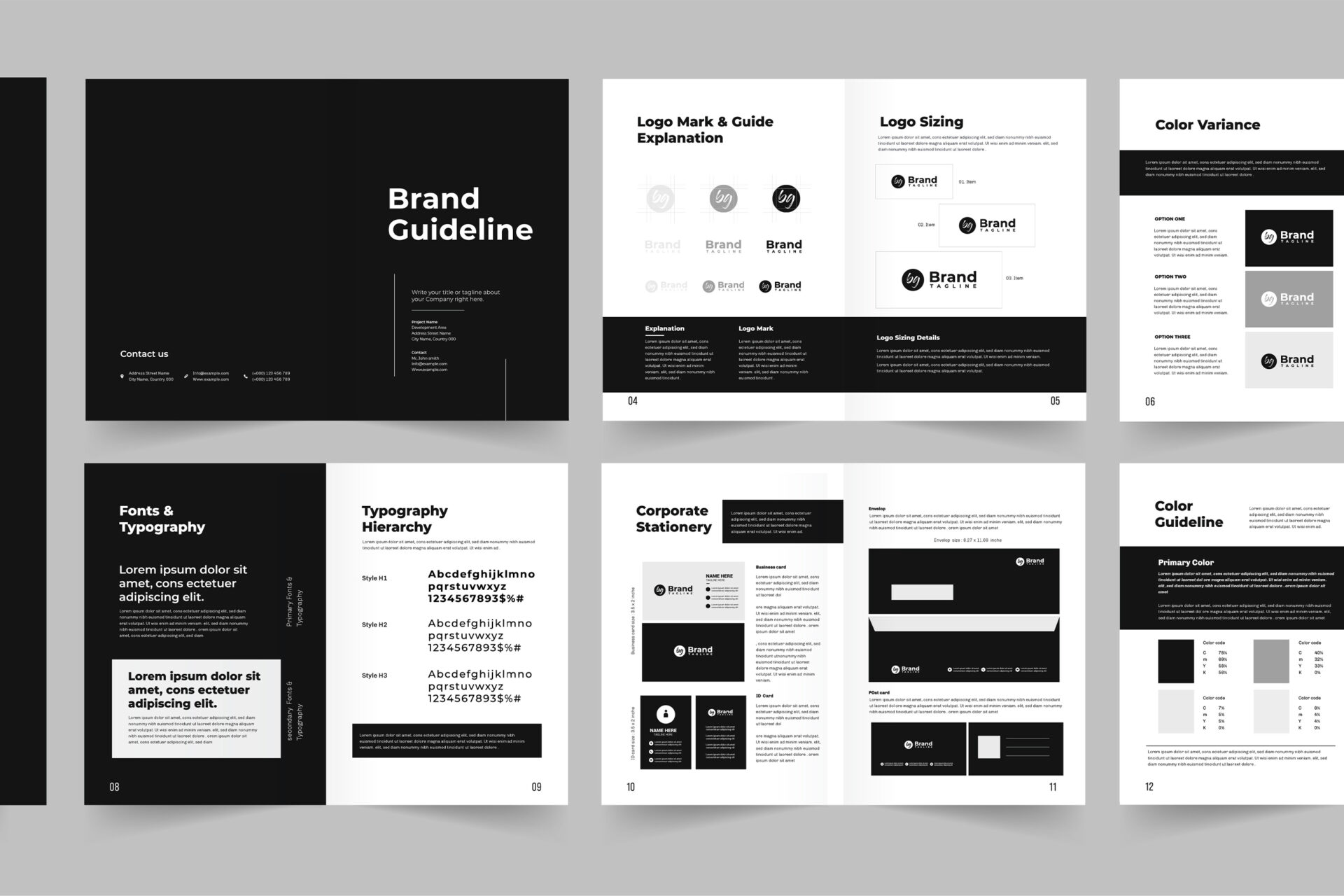
Recap: 5 Elements of a Brand
Brand Name
Often the first impression of a brand so it’s essential it’s easy to spell, pronounce and remember, whilst conveying the essence of the business.
Logo
The visual symbol of the brand that must be both unique and instantly recognisable. What separates a decent logo from a good, or even great logo is how well it reflects the brand’s identity, values and brand personality.
Tagline
The core message or value proposition of your brand, encapsulated in a few words. The objectively best taglines are clear, catchy and relevant.
Brand Colours & Typography
Colours evoke specific emotions and associations, while consistent typography ensures a uniform brand appearance across different platforms.
Brand Voice & Messaging
Your brand’s voice and messaging should reflect its values (be that formally, colloquially, warm and friendly, humorously, etc.), and consistency in this is key.
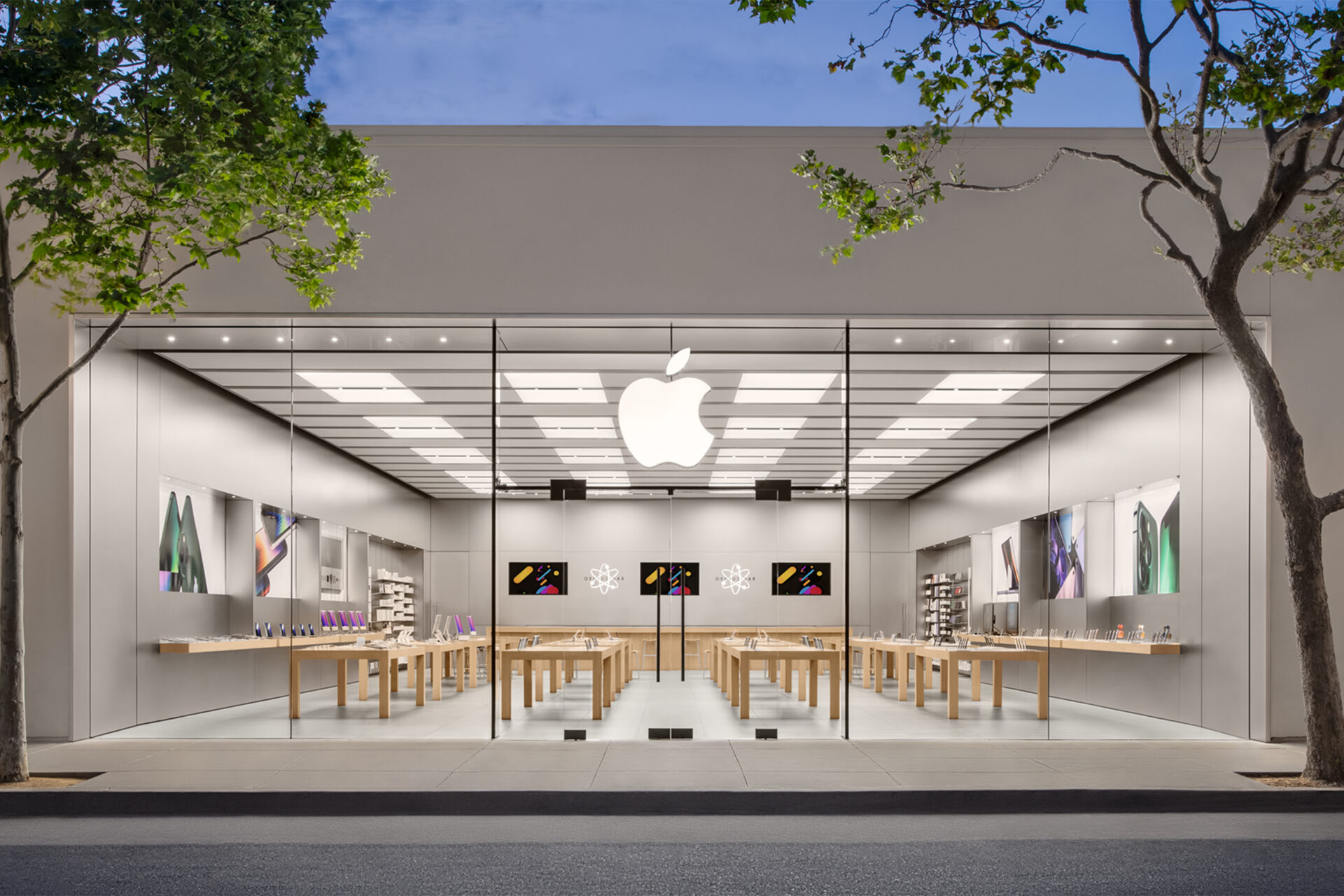
The Relationship Between Brand and Customer Experience
The interaction between brand and customer experience is a dynamic one:
Customer Touch Points
Every interaction a customer has with your brand makes up their overall experience (and perception). These touch points can be online or offline and include points (such as website, social media, in-store, customer service, etc).
Brand Perception
Brand perceptions are shaped by these customer experiences, so it will come as no surprise that positive interactions enhance a brands reputation and brand image, whereas the opposite may have detrimental impacts.
Feedback & Improvement
Customer feedback is invaluable in terms of refining and enhancing the brand experience. Really listening to customers and making necessary adjustments allows a brand to continuously improve and meet customer expectations.
Building Long-Term Relationships
Loyalty goes hand in hand with customer satisfaction and adding value to their lives via their experiences with your brand. This extends to their likelihood to remain a loyal advocate for your brand.
Recap of Key Concepts
A brand is the collective perception and identity of a company or product. Core brand elements (such as tone of voice, visual elements, reputation, customer experiences), work together to create a cohesive, recognisable identity. Understanding and managing these elements is crucial for business success.
Effective branding leads to enhanced recall, trust, emotional connections, and differentiation in the market, but requires consistency.
Ask yourself; if your brand’s visual identity was human, what clothes would it wear? Does its current look best reflect who it is today?
If not, it’s time for a new look. One that represents a strong brand identity that resonates with customers and stands the test of time.
Whether you are just starting out or looking to refresh, reposition or realign your brand, understanding and implementing these principles can lead to a more successful and enduring brand presence in the market.
Need some help? Have a chat with uberbrand today.









